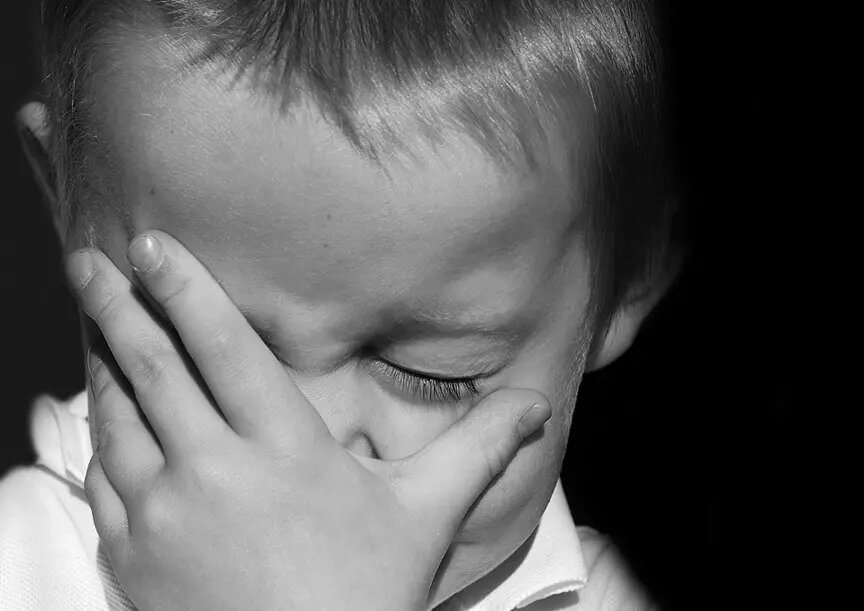Easing Transitions For Sensory Children, Part One

Easing Transitions for Sensory Children Strategies to solve sticky situations, part one
It’s time for dinner, honey.
Aaaaaaaand — from zero to meltdown in five seconds. We’ve all been there, right? And with SPD kids, we’ve probably been there multiple times a day.
What are transitions and why do they matter?
During the course of a day, we all frequently need to change from one environment to another and from one activity to another. We stop doing one thing and adapt to doing another; i.e., disengage from reading; switch attention to dinner; re-focus on eating. Most of us accomplish this without really thinking about it. But for SPD children, it’s not that simple. Most sensory individuals have difficulty shifting from one task or place to another, because of difficulty adapting to the changing sensory input of the new situation, because of difficulty adapting to the changing routine, because of difficulty dealing with change in general.
The solution: to give our SPD children as much of what they need — calming consistency, predictable routines, and familiar structure — as possible.
How do I do this?
Better transitions. Transitions can be predictable. Disruptions aren’t. And what isn’t predictable, is scary! So you need to make transitions become predictable and routine.
I need a plan…
Your game plan is to develop and use transition strategies to:
- Make your child’s transition time shorter
- Make her transition behavior more appropriate
- Make his participation in the new activity more successful
- Make your “traffic directing” role less important
When do I use transition strategies?
Before transitions.
During transitions.
And after transitions.
Why do transition strategies work?
The strategies directly address your child’s verbal, auditory, and visual senses, giving her the security and predictability she is missing during a transition. That’s why it’s good to keep a variety of transition strategies in your backpack to ward off trouble if the situation starts heading south.
What sorts of strategies can I use to achieve smooth transitions?
I’ve divided transition strategies into five basic categories: Preparation, Rituals, Routines, Management, and Behavioral. An overview of each category is below and specific strategies for each will follow in the next two blog posts.
Transition Preparation strategies
You’ll use preparation strategies before a transition, to preview the transition for your child and prepare him for what comes next. That way, you familiarize her with the next situation before moving her into it. In the next post, you’ll find examples of various preparation strategies, such as visual charts and verbal previews.
Transition Rituals strategies
If a transition is accompanied by familiar rituals, the transition itself becomes familiar and thus easier for your child. So you want to create a set of rituals that you and your child will follow before and during each transition. You’re constructing a framework of familiarity and comfort. In the next post, you’ll find examples of visual, cognitive, auditory, and tactile rituals.
Transition Routines strategies
If the same things happen in the same way every day, sensory children feel secure and calm. So you want to create consistent, predictable, familiar routines for the transitions that happen every day, and stick to these routines as closely as you can. In the next post, you’ll find examples of some routines you can start with.
Transition Management strategies
You need to be in control of the transition in order to make it go smoothly; it doesn’t just happen organically. In the post after next, you’ll find examples of advance and in-the-moment strategies you can use to make transitions work successfully for both you and your child.
Transition/Behavioral strategies
There is some overlap between the strategies you use to help your child manage transitions and the strategies you use to help your child manage his behavior — a child who is overwhelmed by a transition is likely to melt down or otherwise act out. In the post after next, you’ll find examples of simple strategies that work for transitions as well as for behavior modification and management.
Looking ahead:
In the next five posts, we’ll go over specific strategies for each of the above five categories.
What transitions do you and your child struggle with the most? What transitions are easiest for you? Please share your thoughts in the comments section below. Also, let me know there or via email what topics you would like to discuss or hear more about.
Feel free to share or quote from this blog (with attribution, please, and if possible, a link), and to repost on social media.
I look forward to hearing from you!
All the best,
